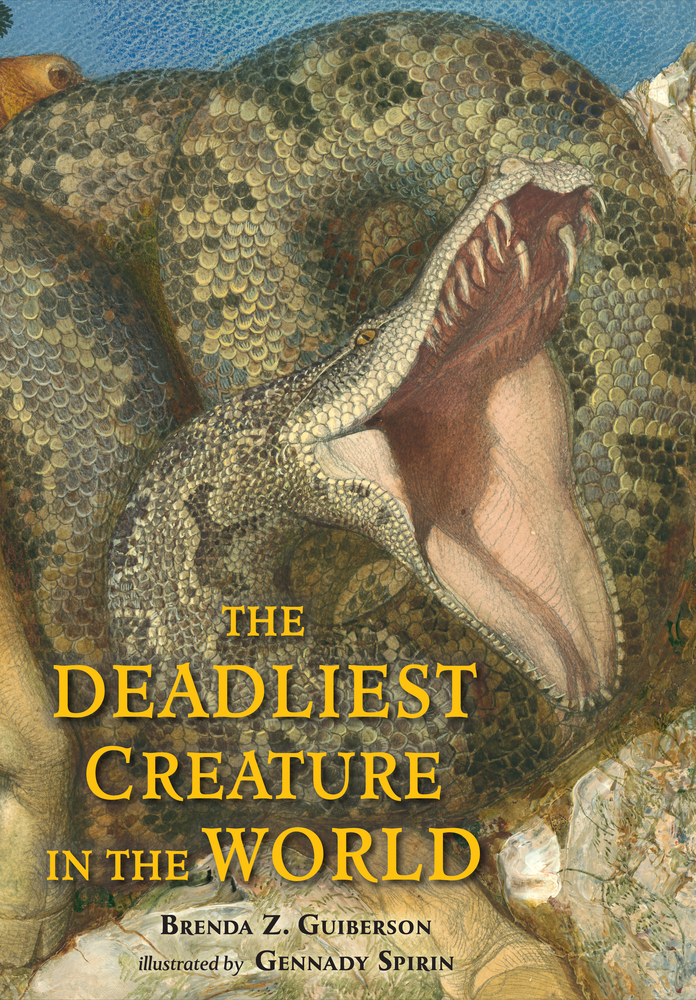We often think of summer time as a chance to catch up on fiction reading. But, it is also a great time to share nonfiction with children. They love to learn and rather than give their brains a rest in the summer, it's always good to challenge them and give them more to think about. Here is a selection of some outstanding nonfiction. Have fun!
Moon Bears by Mark
Newman

Moon bears are a species of bear found in most of Asia. This
beautifully photographed book taught me many things about moon bears, using
real animals in both the wild and within a protected area. While moon bears are
cute and look pretty cuddly, they are huge (up to 500 pounds), fast and have
claws as long as 2 inches, not an animal I would like to meet on my own. If
your child is interested in animals, this is a perfect book for her. And if you
want to teach nonfiction writing this year, think about getting this book as a
model text for doing reports.
The Deadliest Creature
in the World by Brenda Z. Guiberson, illustrated by Gennady Spirin

Which is the deadliest creature in the world? Guiberson used
first person from multiple animals’ point of view to describe how they can
kick, bite, poison and spread disease, ending each small segment with, “That’s
why I am the deadliest creature in the world!” Spirin draws realistic pictures
showing the animal in question as well as surrounding background to give perspective
as to the size and environment of the creature. Kids of all ages will LOVE this
book!
One Proud Penny by
Randy Siegel and Serge Bloch

Not technically writing in nonfiction, Siegel gives us a narrative told by a penny. But, for the most
part, the story is based on facts and both the words and pictures combine to
make an interesting story, as we follow the penny across the US and into and
out of stores. The authors finish with a final page of a brief history of coins
in the US as well as facts about pennies. They even discuss the controversy of
whether or not we should continue to use pennies. So, go for it, follow the
bouncing penny and make sure you get your money’s worth!
Germs by Lesa Cline-Ransome, Illustrated by James Ransome

Pedal Power by
Allan Drummond

For younger readers of nonfiction
Coyote Moon by
Maria Gianferrari, Pictures by Bagram Ibatoulline

While told in a fictional style with the Coyote the main
character in this third person narrative, this gives factual information about
Coyotes and their potential prey within a somewhat suburban setting. As the
story moves forward, Coyote eventually catches a turkey which becomes dinner
for her family. Pictures are realistically drawn, but no gore is shown as
Coyote gets the turkey home to her den. A realistic view of wildlife living
close to humans; the book also contains end pages with great additional
information about coyotes.
Good Night, Baby
Animals: You’ve had a Busy Day by Karen B. Winnick,
illustrated by Laura
Watkins

Squirrels Leap,
Squirrels Sleep by April Pulley Sayre, Illustrated by Steve Jenkins

No comments:
Post a Comment